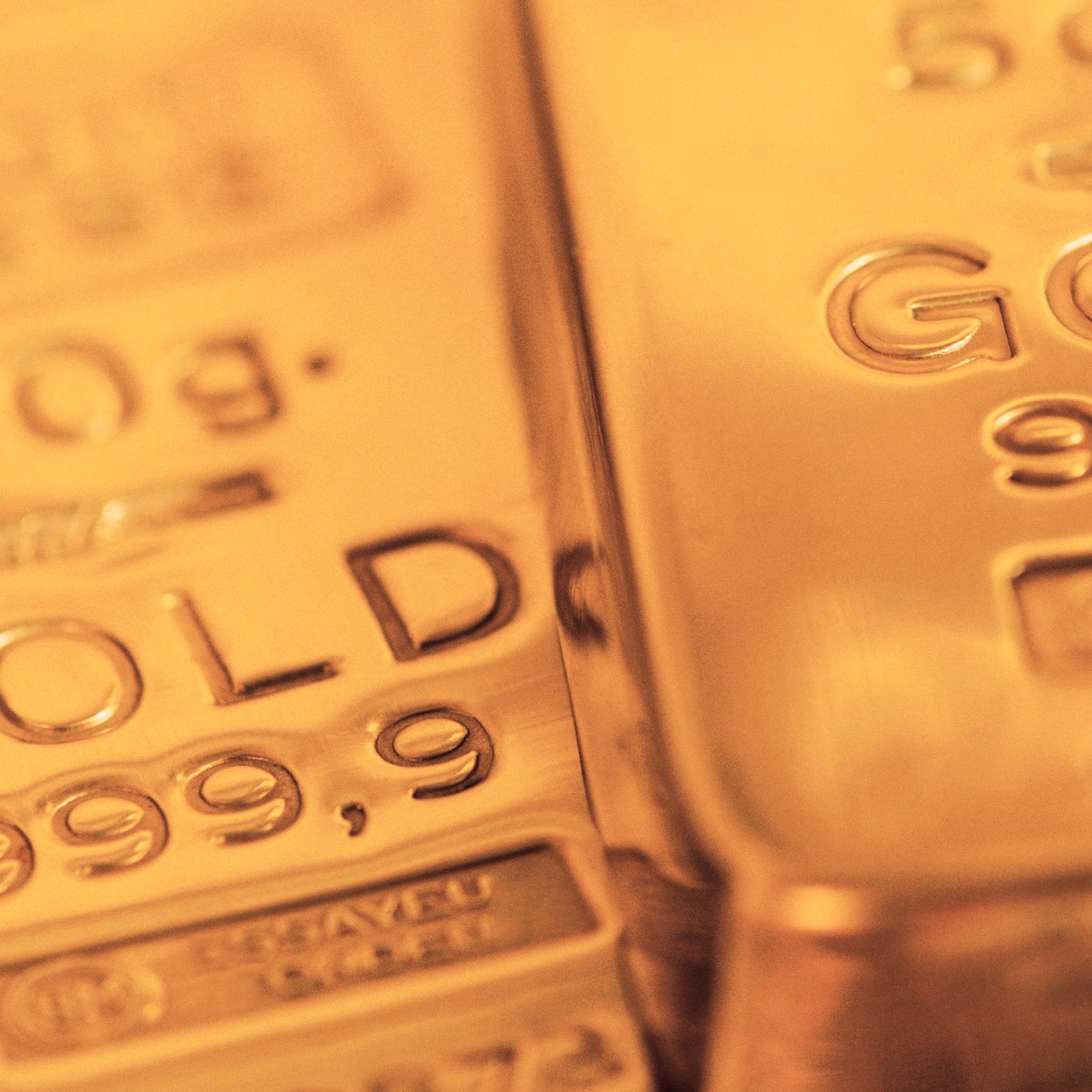Commodities & Metals
Is the Price of Gold Doomed in 2018?

Published:
Last Updated:

If there is one unit that has represented a store of economic value around the world for all of known history, it is gold. The shiny yellow metal has been considered the ultimate “real reserve” for nations throughout time. And the endless lust for gold has inspired more movies and novels in the last hundred years than can be easily counted. The price of gold is still up about 10.5% so far in 2017, but gold is up only 1% from this time a year ago.
There are some more evident cracks in the price of gold as 2018 approaches. With a global recovery underway and with rising interest rates abounding, some investors might have serious fears about the price of gold into 2018. Things like owning bitcoin, earnings interest, getting dividends and being in the mega-growth stocks might just keep a shadow over gold.
24/7 Wall St. decided to take a 360-degree view on gold. Some issues seem safe, but others seem risky. As the end of 2017 gets closer, there may be a more clear picture for gold in 2018.
As of Friday, November 10, 2017, the price of gold was down almost $10 per ounce to $1,275.85. Since mid-September, gold has remained mostly in a trading range between $1,270 and $1,300 per ounce. A tight range is likely to worry true technicians when those tight bands get tested. After all, a breakdown or a surge higher seems more likely after tight ranges get busted. If the test is happening on the downside, then you can guess what the trending chartists will be saying.
Central banks have continued to be net buyers of gold. The World Gold Council recently showed global demand trends showing that central banks, and gold investors combined, were just not strong enough to keep gold demand high in the third quarter. Even lower new supplies did not manage to keep demand up, although lower supplies would theoretically try to keep a floor under gold.
But on the central banking efforts, it turns out that rising U.S. interest rates pose a threat to gold. After all, gold pays no dividend and you earn no interest from it. And negative interest rates and asset purchases may not be as robust in Japan and Europe in 2018. If China needs to keep bolstering its economic expansion and international growth ambitions, then maybe it won’t be an aggressive buyer either.
What if the dominance of gold exchange-traded funds (ETFs) just isn’t there anymore? The SPDR Gold Shares (NYSE: GLD) was shown to have net capital outflows (ETF sellers exceeding buyers in total dollar volume) of almost $100 million on Friday alone. Its closing price of $121.13 was down by $1.00 on Friday, versus a 52-week trading range of $107.00 to $128.32. This ETF has existed since 2004 and had a total value of $34.8 billion on last look. That is of course massive, but is far under its peak.
Thank you for reading! Have some feedback for us?
Contact the 24/7 Wall St. editorial team.